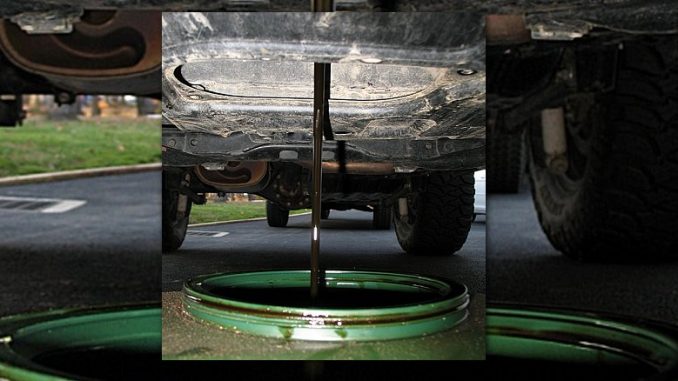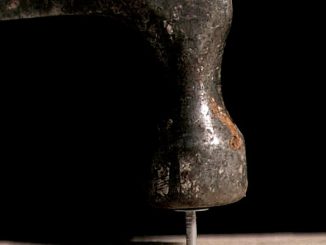
The 3,000 mile myth refers to a common belief that all cars should have their motor oil changed at least every 3,000 miles (4,800 km) to maintain their car engine correctly. Efforts are under way to convince the public that this is not necessary, and that people should follow the advice given in their owner’s manual rather than the advice of the oil-change businesses.
HISTORY OF THE 3,000 MILE OIL CHANGE MYTH
In the 1970s, typical cars took 10W-40 oil which was used for a duration of 2,000 mi (3,200 km) or less. In the 1980s, to improve fuel economy and engine performance 5W-30 oil was introduced which was then used for a duration of 3,000 miles. A modern typical vehicle would use 5W-20 viscosity oil or synthetic oils for durations greater than 7,500 miles (12,100 km).
From the early 1980s most oil change shops have been recommending an oil change every 3,000 miles. During the following decades engine technology and oil technology have advanced requiring less frequent oil changes under normal driving conditions.
This recently identified “myth” has continued to exist due to the complexity existing in today’s car industry. The diverse array of cars and oil types available make it hard for an average person to reliably know what to do.
In response to this, car manufacturers include a manual with recommendations for how often the oil should be changed often including recommendations based on driving conditions. Some models now come with a monitoring system that alerts the driver when the oil needs changing. Depending on driving conditions, these can extend change intervals to 10,000 or 15,000 miles. In case of diesel engines and manufacturer recommended long-life oil, the indicated change interval can be as long as 19,000 miles (31,000 km) (BMW) or 30,000 miles (48,000 km) (VW).



